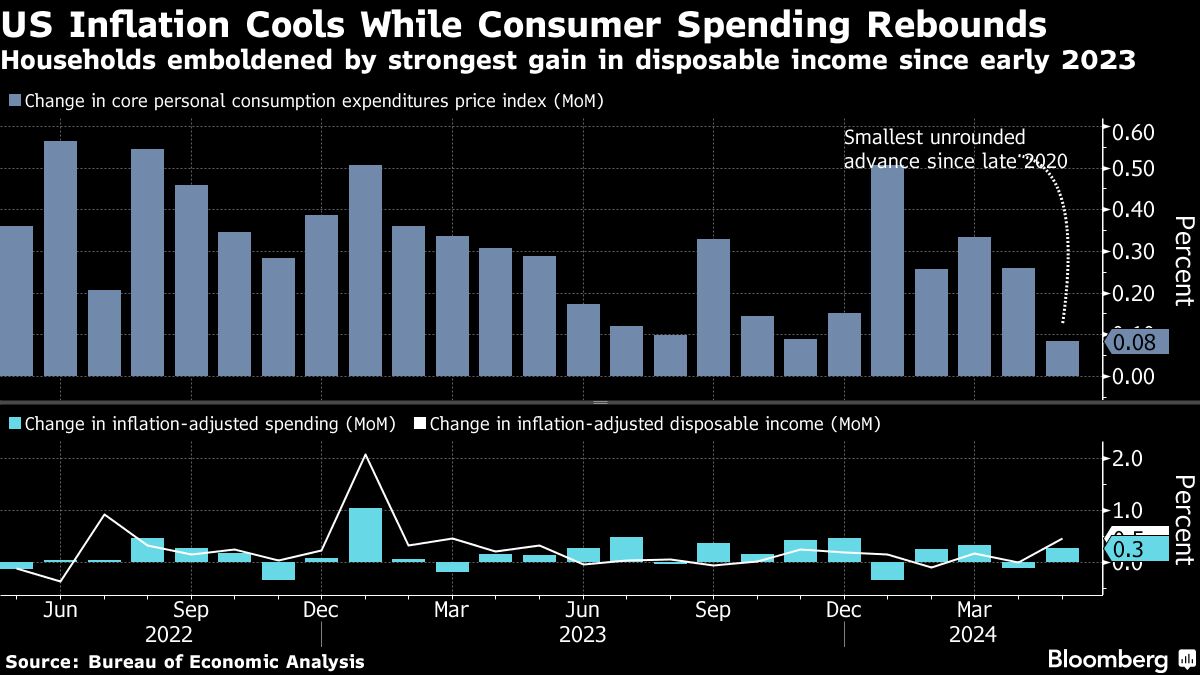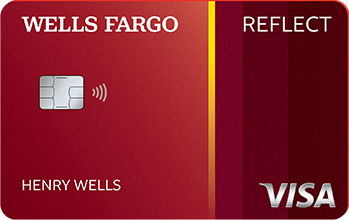
HOW TO CHOOSE A CHECKING ACCOUNT
Vault’s Viewpoint on Choosing a Checking Account
- Before choosing a checking account, consider outlining your financial goals and non-negotiables, as these can guide you through the decision-making process.
- Consider options across both banking institutions and credit unions, as each offers different financial advantages.
- Remember to read the fine print of any product you’re reviewing to learn about any hidden fees or requirements.
Checking Accounts vs. Savings Accounts: Which Should I Choose?
There are two primary types of financial accounts to consider as you begin to expand your portfolio: checking and savings accounts.
- Checking accounts are primarily designed for daily use and liquid transfers. You’re typically allowed free access to your funds, and you may or may not earn benefits for transacting with the account.
- Savings accounts are designed to hold money, typically allowing you to accrue interest over time. As such, your account terms may restrict the amount of money you can transfer at any given time—offering you less overall flexibility than a checking account.
How To Select a Checking Account: Tips To Maximize Your Experience
Choosing a checking account doesn’t have to be difficult. Below, our experts have rounded up expert tips to consider as you learn how to choose a checking account:
1. Consider Your Overarching Financial Goals
It’s important to first define success in your specific case. Many define this for themselves by writing down their financial goals for the month, quarter and year and choosing an account that helps them facilitate these—both in the long term and short term. A financial advisor can help you with this step if you aren’t sure where to begin.
2. Determine if You Want Support From a Bank or Credit Union
Once you determine your financial goals and account needs, you can start to review options. Many choose to evaluate checking accounts offered at local or national banking institutions as well as those provided by local and regional credit unions. National banks are typically best for those who want routine branch-specific access and a wider range of banking options, while credit unions might benefit those who prefer quality customer service and more competitive rates. We recommend you review both options and determine the best for your needs.
3. Check the Fine Print for Fees and Minimums
Checking accounts, like savings accounts, can be subject to monthly fees and minimums—the details of which can be found in the fine print of the terms and conditions of your account. To, ensure your choice is sustainably affordable, we recommend reviewing this information for all of the options you’re considering. Monthly fees and minimums can range from negligible amounts (such as $10-$15) to $25-$100 or more, so it’s worth taking the time to review.
4. Review Available Customer Support Tools
Whether you’re concerned about an “odd” charge or you need technical assistance, customer support is a critical element to consider when it comes to choosing a checking account. Ideally, you’ll want to look for a checking account that comes with the assurance of 24/7 customer support.
5. Consider Available Benefits
Certain checking accounts may come with perks such as interest earnings, cash back opportunities, shopping discounts, travel bonuses and other benefits. To get the most out of your account selection process, we recommend doing independent research and speaking with a client support specialist at the proposed bank or credit union of your choice. They can help you better explore your options, highlighting ways to further benefit from your checking account. You can also review our guides to the best rewards checking accounts and best high-yield checking accounts.
6. Put Security First As You Search
Nothing is as important to your financial future as account security is. Before you sign on with a checking account provider, we recommend that you take the time to research what measures your institution takes to keep your most intimate personal information safe. Most financial institutions should have multiple layers of security, such as advanced encryption tools, multi-factor authentication for online banking and ongoing fraud monitoring support.
7. Determine Your Level of Branch Access
Banks and credit unions have different levels of branch availability. As you work through choosing a checking account, remember to consider the different levels of branch access and availability that you’ll have around you. While people can withdraw funds from “foreign” or out-of-network terminals, it can come with fairly high, avoidable fees.
8. Think About Ease of Use
Everyone has different preferences and expectations regarding mobile banking and apps. While you might not be able to get a full-spectrum “feel” for the account tech before signing on, consider reading reviews that cover your proposed account’s ease of use and any related banking apps. Those who are more technologically inclined might look for banks that match their level of knowledge. Those needing extra support might go with options with robust internal support and aren’t primarily app- or web-reliant.
9. Don’t Be Afraid To Ask Questions
Learning how to choose a checking account will naturally raise a few questions. Feel free to contact your institution or financial expert to ensure that you can confidently take your next step forward. You deserve the peace of mind that comes from choosing a checking account that best suits your financial needs and goals.
Frequently Asked Questions
Do Some Banks Offer Free Checking Accounts?
Plenty of banking institutions offer free checking accounts as a perk for signees. This means that there are no monthly fees for maintenance, and sometimes there isn’t a minimum amount that must be in the account at any given time. Choosing a checking account comes down to several factors, including pricing and fees. If you’re looking to save or protect your investments from unnecessary fees, a free checking account might be the best option for you.
What Are Three Requirements for Opening a Bank Account?
Each bank and credit union has unique requirements for opening a checking account. However, most require a form of photo identification (such as a driver’s license), proof of residency and a Social Security number. Some might also require a minimum deposit.
Are Credit Unions Safer Than Banks?
Many might feel that credit unions are “safer” than banks, as they are smaller—and, as a result, may be more resilient against liquidity problems and bank failure. Both credit unions and banks are insured by their own exterior organizations (the NCUA and the FDIC, respectively) up to $250,000 per individual.
The post How To Choose a Checking Account first appeared on Newsweek Vault.
2024-06-27T19:08:59Z dg43tfdfdgfd











